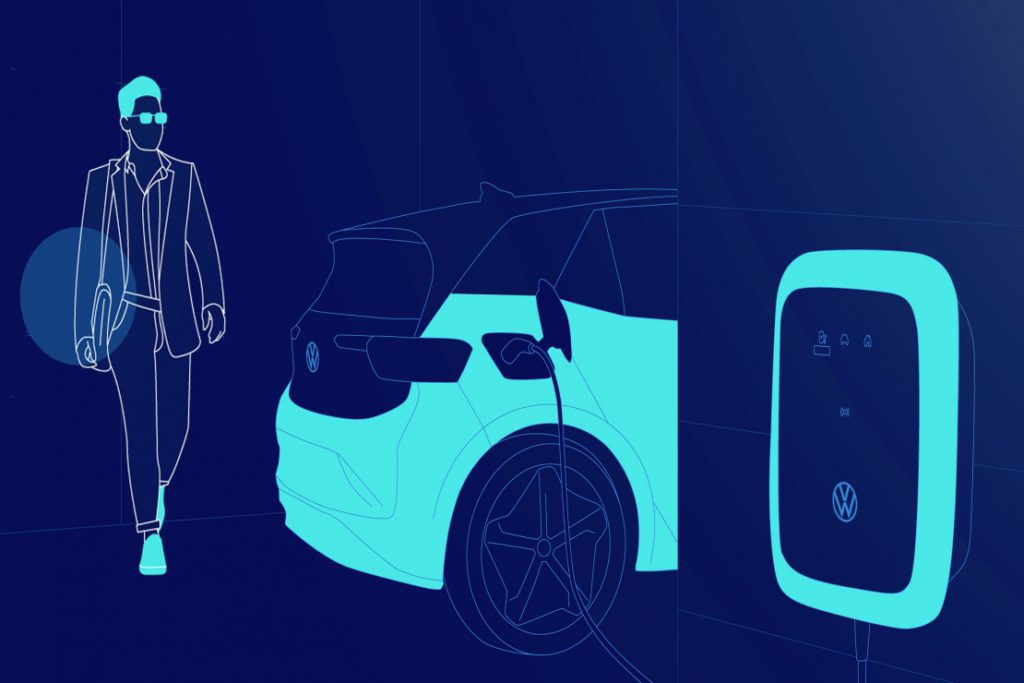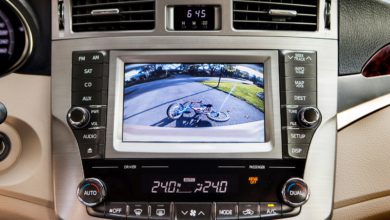Upending People’s Misconceptions about EVs

In Malaysia, the adoption of Plug-in Hybrids and Electric Vehicles (EVs) are not as well accepted as in developed countries. Big brands in Malaysia such as BMW, Nissan, Toyota, Porsche, Honda, Volkswagen, just to name a few, have introduced a myriad of plug-in hybrids and EVs since 2018. Based on sales figures compiled by the MAA (Malaysian Automotive Association), the locals simply aren’t into it due to battery issues and scarce infrastructure.
As one of the largest manufacturers in the world, Volkswagen is set to reveal the ID.4 EV, an affordable SUV, targeted at early adopters. Besides saving the planet and reducing carbon footprints, the benefits of driving an EV are almost infinite compared to standard cars. EV owners in Europe and China are already experiencing these benefits. But for those who are on the fence about EVs, here’s a guide to debunk about owning an EV:
Are EVs as safe as standard vehicles?
All EVs are supposedly subjected to rigorous testings. EVs, like all petrol or diesel cars, have to adhere to International safety standards and crash test regulations.
Aren’t the batteries in EVs just versions of what I have in smartphone or laptop?
While most electronics use some form of lithium-ion battery today, the chemistry and design of an EV battery is quite different than those used in consumer electronics.
How long do EVs’ batteries last?
EV batteries in vehicles are not designed to be replaced like those in smart devices. EVs are designed to provide a certain amount of power for many years of ownership. It is inevitable that all batteries lose charging capacity over time, and that’s why EV batteries come with a warranty.
How long does it take to charge an EV?
That depends on how much power the charger can provide, and how fast the vehicle can accept it. There are three general levels of charging power: Level 1 and 2 are 120-volt – 240 plugs and Level 3 fast charging which requires special equipment with heavy-duty cables and inverters.
Does a Plug-in Hybrid or EV needs to be idle when charging and where to charge?
Due to limited charging stations in Malaysia, mostly confined in the Klang Valley and capital city, most plug-in hybrids or EVs come with a regular plug for charging at home. However, charging up to full capacity might be a tad bit slow when using a regular plug.
How much energy does an EV battery pack hold?
An EV battery could hold a lot of energy, in layman terms. For example, the smallest battery pack in a compact EV could power that typical home for a day and a half.
Can I plug it in when it’s raining?
Typically, it’s not recommended as water and electricity don’t go well together. However, EV batts are designed to work in all weather conditions.
What’s driving an EV like?
Well, first impression is it’s unlike a internal combustion or diesel, that’s for sure. There’s absolutely no sound from the engine or exhaust. It makes very little noise when revving up the rpms. On a brighter note, an electric motor makes its maximum torque the instant it begins spinning. It is like an experience like no other. Some EVs have rear- or all-wheel drive to make driving more fun. In certain EVs, the battery is located under the car to give it a lower center of gravity, which means better handling.
How far can I go in an EV?
Most EVs give an estimated distance range as determined by manufacturers. Actual distance range pretty much depends on real-world scenarios. It is important to note that EV batteries lose some capacity in extreme cold or heat conditions. And of course, do not constantly drain or deplete the battery as the battery would lose its capacity in a hurry.
Does braking contribute to re-supply of energy in EVs?
EVs all work the same way, the batteries feed electricity to a motor, which turns the wheels. One of the ways EVs can help save energy is by regenerative braking, which simply reverses that flow, using the wheels to turn the motor and send power back into the batteries. It works particularly effective during stop-and-go traffic.
What kind of tyres do EVs have and what are the wheel choices?
EVs typically come with low rolling resistance tyres that help extend their range while still providing assured handling. These typically do not cost more to replace than comparable regular tyres.
On the subject of wheels, it Is downright related to aerodynamics. Well-designed EVs try to reduce aerodynamic drag as much as possible to maximize their range. Wheels designed to smooth the air flow around the car can make a noticeable contribution to range in most EVs.
What about a transmission?
EVs don’t have a traditional multi-gear transmission. It works with a single-speed transmission and allows a selection of drive modes, including a highly regarded Eco mode.
Do EVs cost more or less than petrol or diesel powered cars?
Electric vehicles typically have higher retail prices than petrol or diesel-powered vehicles due to the expense of batteries. That said, many electric vehicles qualify for government incentives. They can also be cheaper to run, as the cost of charging is generally lower than the cost of fuel to drive a comparable distance. Plus there are fewer parts that need servicing (i.e., no more oil changes), which can result in lower maintenance costs. Depending on how long you own the car and how much you drive, these lower costs may help offset an EV’s initial higher purchase price.




